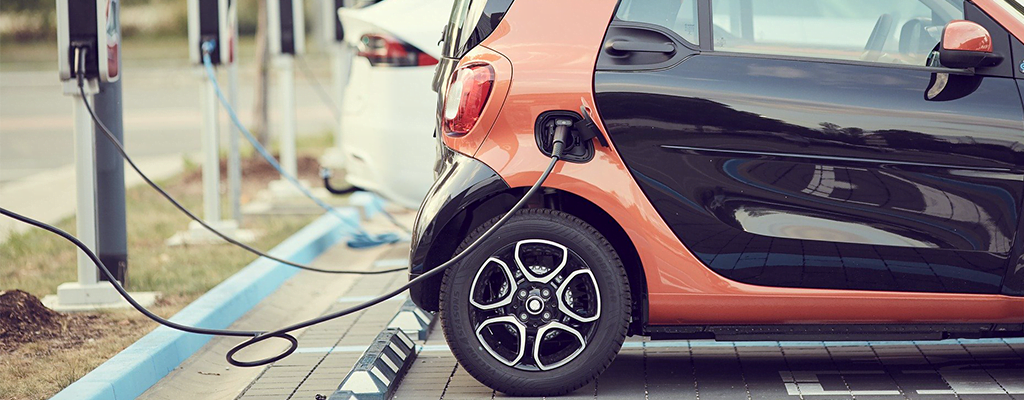
With a recent survey indicating that 46% of UK fleets are actively planning to transition to electric vehicles¹, it’s clear that their use will only continue to grow as the technology and associated costs improve. But what’s driving these changes? And what does going electric mean for your fleet? Below are some of the key factors we think are behind this change, and the steps you must consider to help drive a smooth transition to an electric fleet.
WHAT’S CAUSING ELECTRIFICATION?
- Benefit-in-kind (BIK) changes. With April 2020 seeing the BIK tax rate reduced to 0% for fully electric vehicles, more company car drivers are likely to choose one for the large tax savings, with many even being persuaded away from the cash allowance option.
- Environmental aims. From new laws and clean air zones to individual life changes, everyone’s striving for a better environment. The increasing popularity of electric vehicles is not only good for the environment and helps businesses and individuals to meet their goals, but also future-proofs drivers from any tighter emission restrictions.
- Fleet vehicle policies. Changes to fleet policies can mean that businesses themselves are driving the move towards electric vehicles. With lower fuel costs and savings to be had in Ultra Low Emission Zones (of which there are many more on the horizon), many companies could start including low-emission clauses in their fleet policies.
WHAT DOES ELECTRIFICATION MEAN FOR MY FLEET?
- Charging stations. An obvious change will be the need to accommodate charging facilities at offices and depots for new electric business drivers. Help is available with schemes such as the Workplace Charging Scheme – a grant offered to eligible businesses to help with the costs of installing electric vehicle charge-points.
- Charging on the road. While most modern electric vehicles have the capability to do hundreds of miles on a single charge, it’s worth thinking about what kind of driving your business drivers do and whether consideration needs to be given for charging times. For example, frequent long-distance drivers may need longer stops than usual, whereas delivery drivers that can return to the depot to charge up may be unaffected.
- Driver training. An employer’s duty of care extends to their drivers out on the roads, and they must ensure that they are safe while driving on company business. Courses such as Electric Vehicle Familiarisation can help soon-to-be drivers of electric cars and vans get comfortable with the differences of driving an electric vehicle, helping to ensure that they remain safe and efficient behind the wheel. Grants are also available, with some courses being fully subsidised by the government.
- Clean Air Zones. While COVID-19 has delayed the introduction of Clean Air Zones (CAZs) across the country², many will soon be up and running. If you’re thinking about going electric it’s worth putting plans in place for any electric fleet vehicles to do the driving in these new zones as they’ll be exempt from charges. For more information on CAZs, please click here.
The electrification of fleets needs to make sense for both the business and its drivers. While the cost and emission benefits make sense to both, getting behind the wheel of an electric vehicle for the first time can be unfamiliar to some drivers. Our EV Familiarisation course has been designed to ensure a smooth transition to an electric fleet, and depending on availability may be provided fully subsidised. Contact us today to find out more.
¹Source: FleetNews July 2020 Edition
²Source: The Guardian: UK cities postpone clean air zone plans due to Covid-19 crisis


